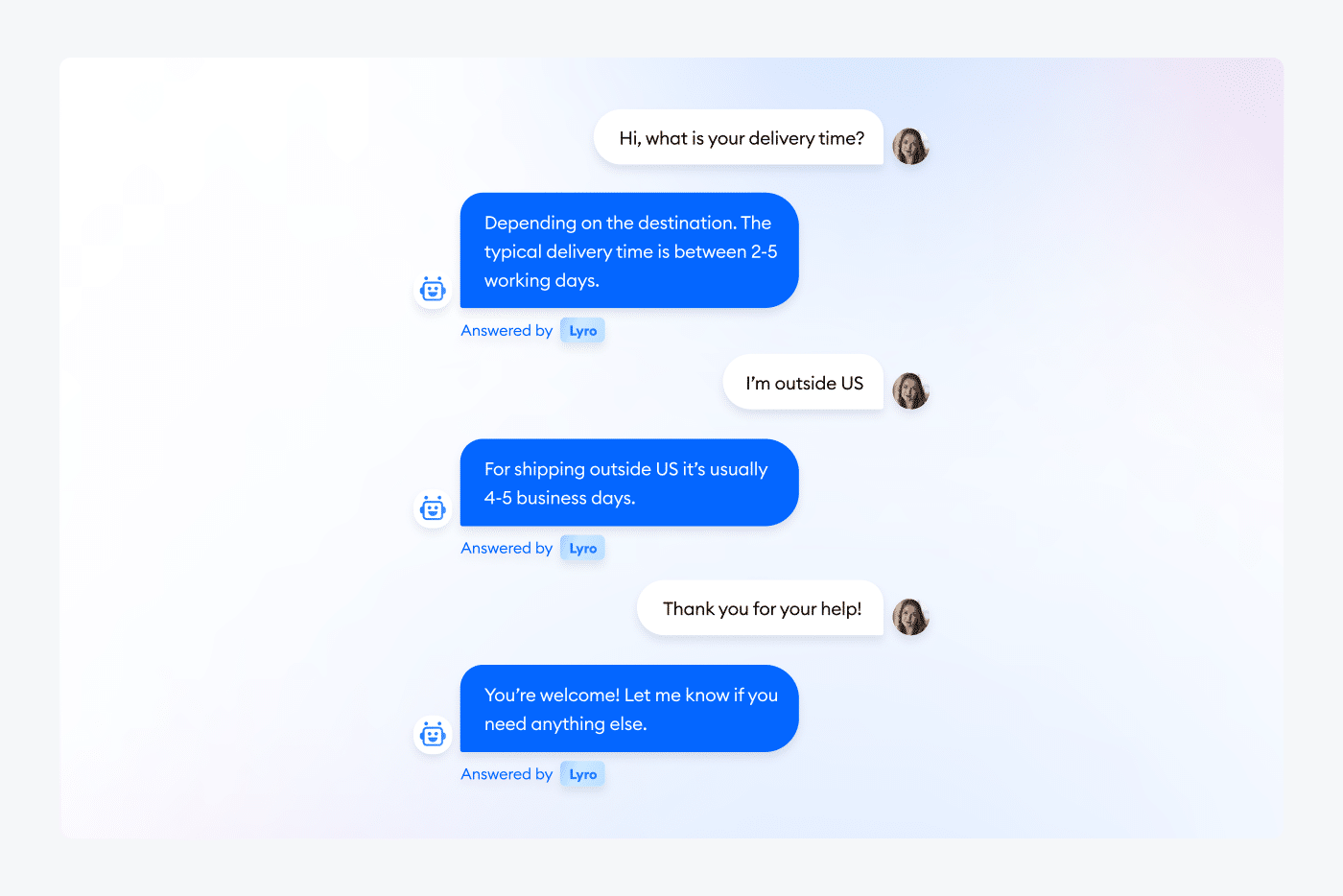Adobe Real-Time CDP is an application service based on Adobe Experience Platform that combines data from both known and unknown customers, from acquisition to loyalty, to create trusted customer profiles with simplified integration, intelligent segmentation, and real-time activation throughout the customer’s digital journey. It helps capture more customers and optimize the audience, enriching the top of the funnel without the need for third-party cookies.
Some of the advantages of Adobe's Real-Time CDP are:
Provides an actionable view of customers
It collects and unifies personal and business data, both known and unknown, external and internal, as activity occurs to personalize B2B and B2C experiences in real time and form complete account profiles. This considers attributes and behaviors to understand customer identities at all levels. In addition, advanced segmentation and an optimized user interface allow data management and processing without the need for technical assistance.
Makes sense of data, regardless of the source
It captures data from various channels and systems, translating it into a common language to be accessed from any system and streamline personalization processes. It also simplifies implementation, reducing code and setup time, and is integrated with a wide network of partners and pre-designed applications that accelerate campaign setup.
Uses reliable, secure data management tools
It ensures responsible marketing and secure use of data, complying with data governance regulations in each region by classifying and labeling data to manage access and usage. This helps identify inappropriate access or destinations and sends alerts when data policies are not being followed. This applies to both known and unknown identifiers.
Activates B2C and B2B experiences based on real-time data
Pre-designed B2B and B2C integrations enable real-time activation and make the most of the most up-to-date profiles to design personalized experiences across all channels, reaching new customers and strengthening relationships with them. It also triggers automated responses and campaign associations based on customer activity, measuring all types of events in real time. This ensures that customer experiences are relevant at all times, personalizing the site in real-time.
Enables data-driven workflows
It generates insights about customers with data science features, allowing the automation of analysis and specific workflows with unified profiles to create more complete and accurate segments. Using SDKs and personalization tools, we can easily implement data, and with AI, we can identify information, predictions, and sales opportunities.
All of this makes it a unique tool for processing data in real-time and optimizing the customer experience on our website.




